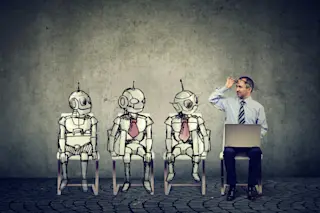Almost the entirety of Western literature can be fit neatly into just six story arcs, according to a new data-mining study.
From the panoply of novels that Western society has produced, distinct narrative patterns emerge, and many attempts have been made to pin down the shape of a story and categorize a protagonist’s journey. French writer Georges Polti claims there are 36 different types dramatic stories, while others have counted seven narrative arcs or 20.
But new research from the University of Vermont utilizing data-mining techniques suggests that the majority of the Western canon falls into one of six basic categories.
Researchers from the Computational Story Lab looked at over 1,700 books from Project Gutenberg for their study, winnowing out books such as dictionaries or those with less than 150 downloads. They analyzed the content of each book by taking samples of text, what they called “windows”, from throughout the ...














